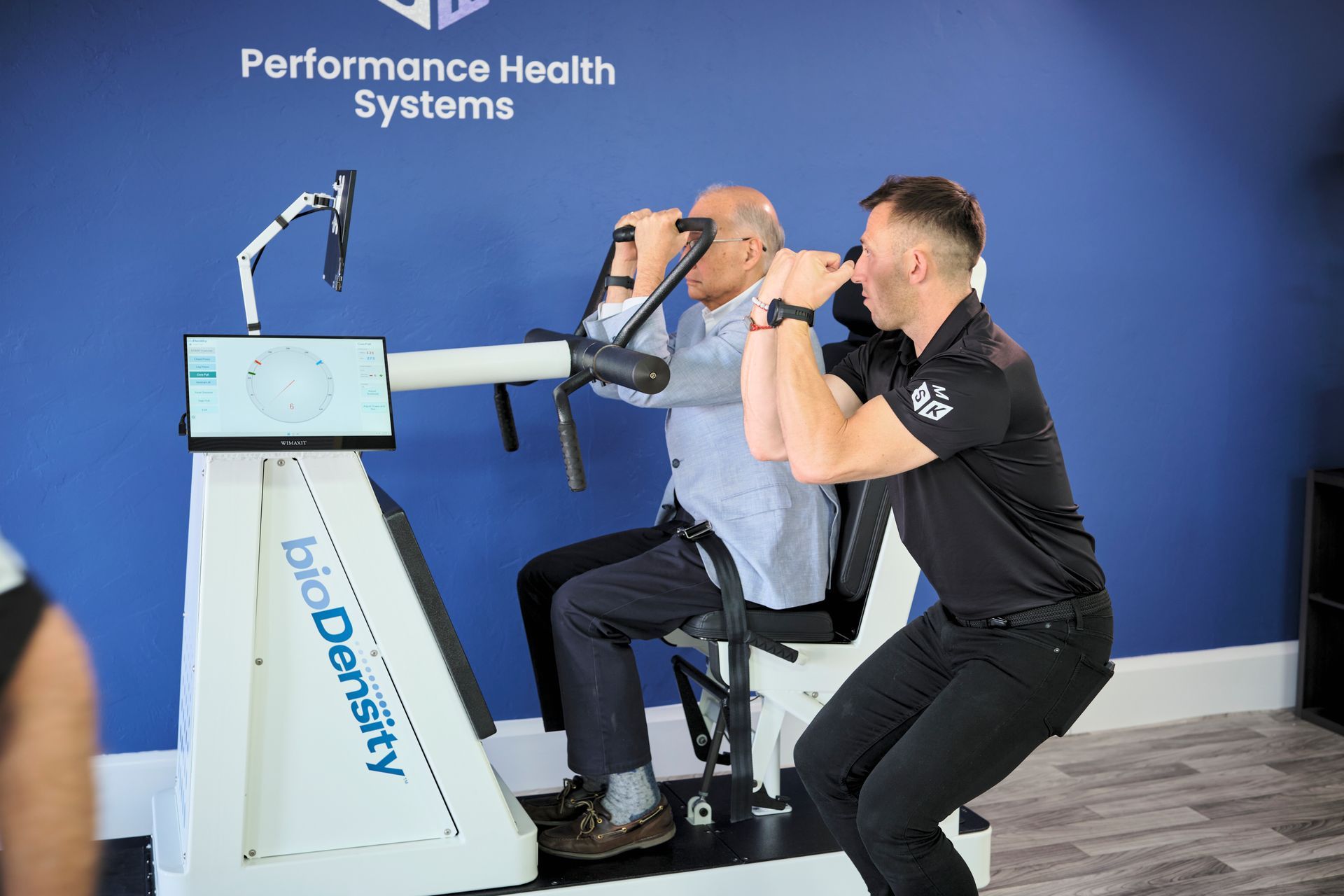Selenium is a trace mineral that, despite being required only in small amounts, plays a pivotal role in maintaining overall health, particularly in supporting musculoskeletal health. Often overlooked in discussions about nutrition, selenium is essential for various bodily functions, including immune response, thyroid function, and protecting against oxidative damage. Let’s delve into the importance of selenium for your body and musculoskeletal health, backed by scientific evidence.
What is Selenium?
Selenium is a trace mineral found naturally in many foods and available as a dietary supplement. It is incorporated into proteins to make selenoproteins, which are important antioxidant enzymes. These enzymes help prevent cellular damage from free radicals, reduce inflammation, and contribute to DNA synthesis and the metabolism of thyroid hormones.
Selenium and Musculoskeletal Health
1. Antioxidant Defence and Inflammation Reduction
Selenium’s role as a component of antioxidant enzymes like glutathione peroxidase is crucial for protecting cells from oxidative stress. Oxidative stress is linked to various chronic diseases and can contribute to the degeneration of musculoskeletal tissues. By reducing oxidative damage, selenium helps maintain the integrity and function of muscles and bones.
Supporting Evidence:
A study published in the National Library of Medicine
PMCID: PMC3571640PMID: 23306191
Selenium in Bone Health: Roles in Antioxidant Protection and Cell Proliferation
2. Bone Health and Mineralization
Selenium is essential for maintaining bone health. It supports the activity of osteoblasts (cells responsible for bone formation) and inhibits the activity of osteoclasts (cells responsible for bone resorption). This balance is vital for healthy bone remodelling and density.
3. Muscle Function and Maintenance
Selenium is also crucial for muscle function. It contributes to the protection of muscle cells from oxidative damage and supports the repair and regeneration of muscle tissue. This is particularly important for maintaining muscle strength and function, especially in aging
Dietary Sources of Selenium
To ensure you get enough selenium, incorporate the following selenium-rich foods into your diet:
Brazil Nuts: One of the most potent sources of selenium. Just one or two nuts can provide your daily requirement.
Seafood: Fish such as tuna, halibut, and sardines are excellent sources.
Meats: Beef, chicken, and turkey contain significant amounts of selenium.
Grains and Cereals: Whole grains and products made from them can also contribute to selenium intake.
Dairy Products: Eggs and milk provide moderate amounts of selenium.
Recommended Intake and Supplementation
The recommended dietary allowance (RDA) for selenium varies by age and sex but generally falls around 55 micrograms per day for adults. While selenium deficiency is relatively rare, certain populations, such as those with gastrointestinal disorders or living in selenium-deficient regions, may need to monitor their intake more closely.
Conclusion:
Selenium is a vital nutrient that supports various bodily functions, particularly musculoskeletal health. Its antioxidant properties help reduce inflammation and oxidative stress, protecting muscle and bone tissues from damage. Adequate selenium intake is essential for maintaining bone density and muscle function, making it a crucial component of a healthy diet.
Incorporating selenium-rich foods into your diet or considering supplementation if needed can help ensure you meet your daily requirements. By doing so, you support not only your musculoskeletal health but your overall well-being.
Embrace the power of selenium and let this small but mighty mineral strengthen your musculoskeletal health and enhance your overall vitality.
H&B Selenium 200ug 120 Tablets | Holland & Barrett
Share Post



